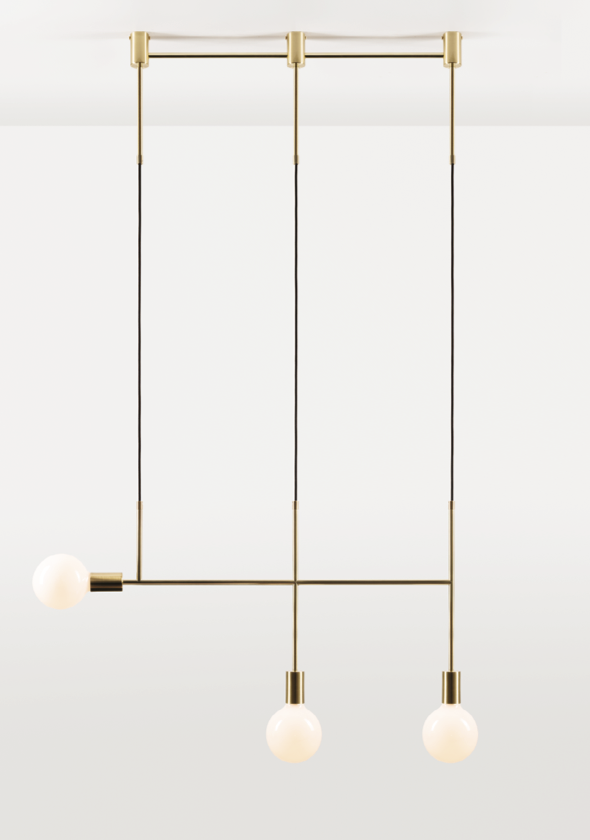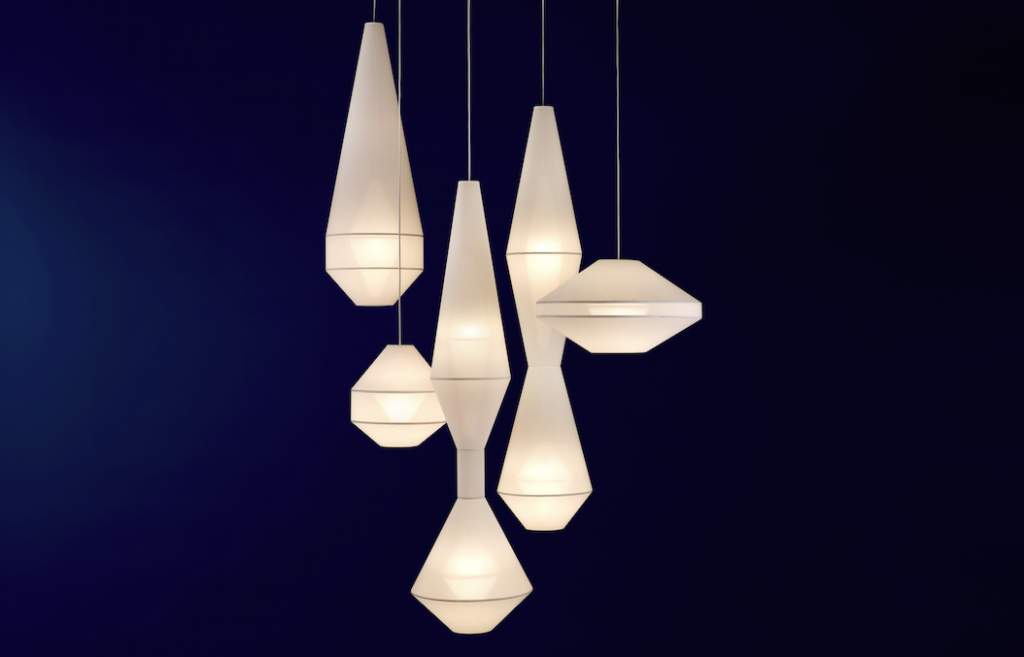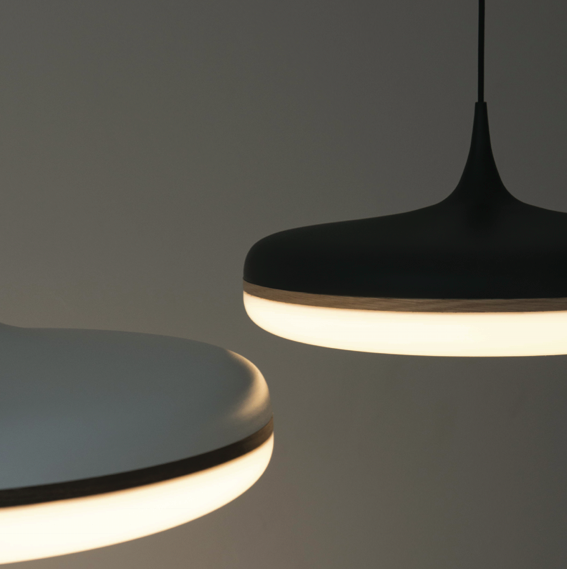
Into the light
Into the light
Share
Light in its purest form is about perception. It literally changes the way in which we see the world,” says German-born, Melbourne-based lighting designer, Volker Haug. With new technologies, a growing appreciation for local and sustainable production, and increasing demand for pieces that will last the test of time, Haug, like many of his contemporaries, is using his work to re-wire more than just aesthetic perceptions. One of the biggest shifts in recent years has been the introduction of LED technology. “People can have an emotional connection to both light and technology,” says Haug. “There is almost a comforting familiarity that we feel towards technologies that ‘have come before’ [such as traditional incandescent and compact fluorescent tubes].”
It is not simply the form of these familiar filaments that we gravitate towards, it is the effect the colour temperatures have on our environment that draws us in. “The links between mood and light are indisputable,” says Haug, and through refinement of the new form of LED light source, designers can now replicate the warmth of a traditional globe or the crisp white light needed for a working environment.
Haug sees the developments in technology as key to contemporary lighting design. Melbourne-based furniture and lighting design studio, Coco Flip, known for its hugely popular Coco and Copper pendant designs, says the developments in technology open up potential for more sculptural lighting, giving the designs an ongoing function regardless of whether the light is on or off. “The days of shades over a globe have changed,” says the brand’s co-owner, Haslett Grounds. “The opportunities to incorporate LEDs is making things far more interesting and playful.” In developing the Mayu range, Grounds and partner, Kate Stokes, explored traditional shade-making techniques, nesting forms within forms, to create a layered transparency around a compact light source.
Haug also sees new possibilities in transparency, pointing out that “LEDs do not get as hot as other technologies, such as halogens, so it is now possible to substitute glass for other semi-transparent surfaces, such as onyx or veneers, without safety concerns.”
For contemporary lighting designers, understanding how light plays with other materials is paramount and from there an exciting new exploration begins. Edward Linacre of Melbourne-based lighting studio, Copper Industrial Design, suggests, “Natural materials are dominating, as they should be. People want to be surrounded by natural timbers, ageing patina metals, soft ceramics, materials with character.”
In its new range, Copper Industrial Design bring new life to waste from construction sites. “We are currently collaborating with GRC Environments to develop a line of concrete pendants, utilising effluent from large-scale concrete façade manufacture. We are passionate about reuse of discarded materials and we either repurpose objects for use in sculptural works or music festival stages or, if appropriate, we introduce the material into a new line of product.”
Sustainability is a big issue for all three studios, though it is not the traditional definition of the word that they subscribe to. The lifespan of an object and the use of local manufacturing are hot topics in discussing where lighting is headed, a common theme across all design disciplines, but particularly relevant in lighting, where products have traditionally been seen as transient.
It is a sustainability of business and industry, one where the consumer or architect has a choice between supporting local industries or opting for a cheaper, often lesser quality object. According to Grounds, “Local manufacturing is becoming increasingly tricky, though there are small businesses all across Melbourne with highly specialised skills.” He points to the growing use of these skills by architects in specifying custom elements in projects, as one of the driving forces behind the greater potential for locally made lighting.
The common sustainability thread here, is well expressed here by Linacre: “To create a unique piece that tells a story through its tangibility. Objects that last, to be passed down through the generations. Natural materials make every piece unique.”
Lead image, courtesy Coco Flip.
Subscribe to MEZZANINE at shop.niche.com.au or digitally through Zinio.
You Might also Like



























